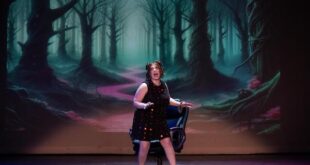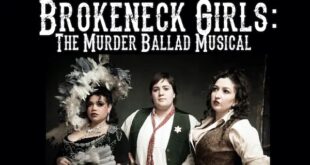“Why Wales?” It’s the question practically everyone asked us when we told them where we were going. 
We flew into London, stayed one night, and took a two-hour train ride out of Paddington Station to Cardiff, 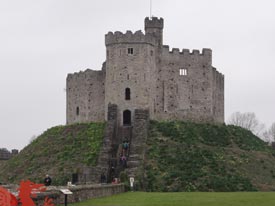
Of the confusingly many castles we saw on the trip, only Cardiff remains in livable condition; it’s the only one that is, more or less, not a ruin. Sumptuously appointed 19th century interiors are accessible with a tour guide. The photo above is of the 12th century Keep; the ornate clock tower is much more recent. A frighteningly long WWII bomb shelter runs inside some of the outer walls, with a handful of photos and displays illustrating what life was like in Cardiff under Nazi shelling during the war. The almost supernatural length of the corridor-shelter led me to imagine terrifying ghostly visitations. We didn’t even make it through the whole length.
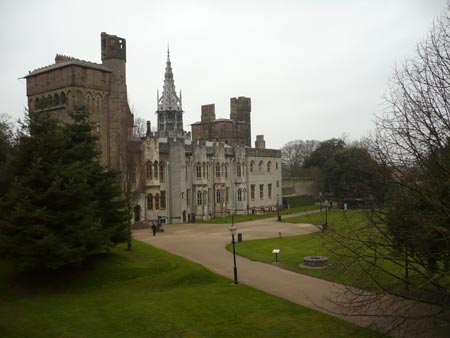
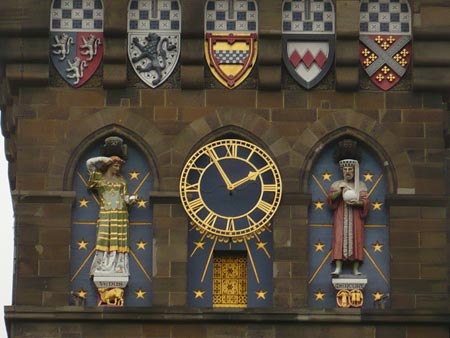
The next day we picked up our rented Vauxhall Astra and began an epic road trip of narrow lanes and bridges, in places one lane only, such that two cars couldn’t pass in opposite directions; of sheep, birds, and some of the friendliest people you’ll meet anywhere; of unfailingly excellent beer and hard cider; and of course, of castles. Detouring back eastward toward Chepstow, we stopped first at Caerphilly Castle, a huge ruin that’s undergone a good deal of preservation as well as land clearing to provide a more beautiful setting.



In the Great Hall, a batch of children ate their lunch during a class trip. In most of our sightseeing during this trip, few other people were present, but this crowd wasn’t bothersome at all, rather they were quite fun to observe playing on the lawn after lunch.

A tourist clutters up the scene (oh wait, that’s me):

We ate a delicious lunch, bought wheels of Caerphilly cheese at a local shop, and headed down the road for the Roman ruins at Caerleon. The site there was a bit difficult to find even with our GPS (whom we named Lady TomTom), but well worth the effort. Most of the ruins we saw in Wales date from Norman times and later, but finding a beautifully preserved Roman amphitheater and having it practically all to ourselves (March is “off season” but the weather is perfectly reasonable) was extra special.


The Roman baths have been dressed up for modern viewing:

A number of sites in Wales are associated with legends of King Arthur, as this appealing modern statue testifies.
One could probably plan out an entire Wales adventure based on Arthurian legend.
That plan wasn’t our plan, though, at least not this time. So we pushed on to Chepstow, a sweet little border town just over the Wye from England.


This part of the Wye is famous for extreme tides. Note the darkness on the bridge supports above, and the stripes on the wall of rock below:
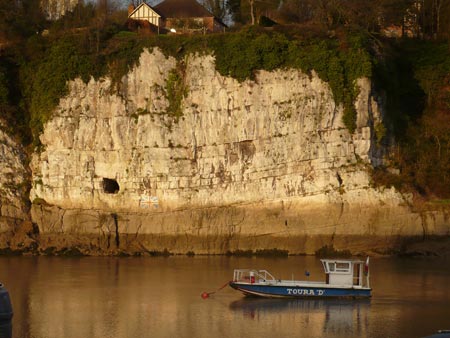
Chepstow Castle is a grand sight on a sunny morning.

A picturesque moat, original wooden doors, a tour guide in full medieval regalia, and forbidding figures perched atop the walls to dissuade invaders are a few of Chepstow Castle’s high points.
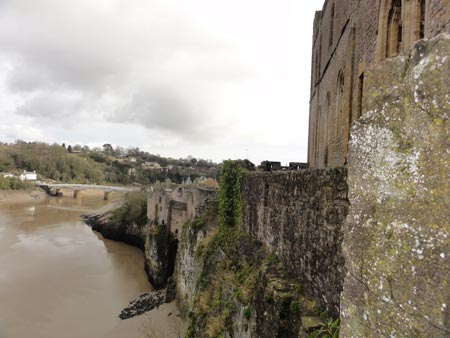

In most towns we spent just one night, but in Chepstow we stayed two, and one evening, looking for our already customary pre-dinner pint, we wandered down to the river to seek out a pub our guidebook mentioned. Just as we approached the door, a huge cry of celebration burst out through the windows. Upon entering, we discovered that Wales had just that minute defeated France to win the Six Nations rugby tournament. The victory was the biggest news in the country for days afterward. News coverage of the sports triumph for the New Jersey-sized country – actually a part of the UK, not politically a separate country – followed us as we continued our Wales journey. Continued in Part Two.
 Blogcritics The critical lens on today's culture & entertainment
Blogcritics The critical lens on today's culture & entertainment
